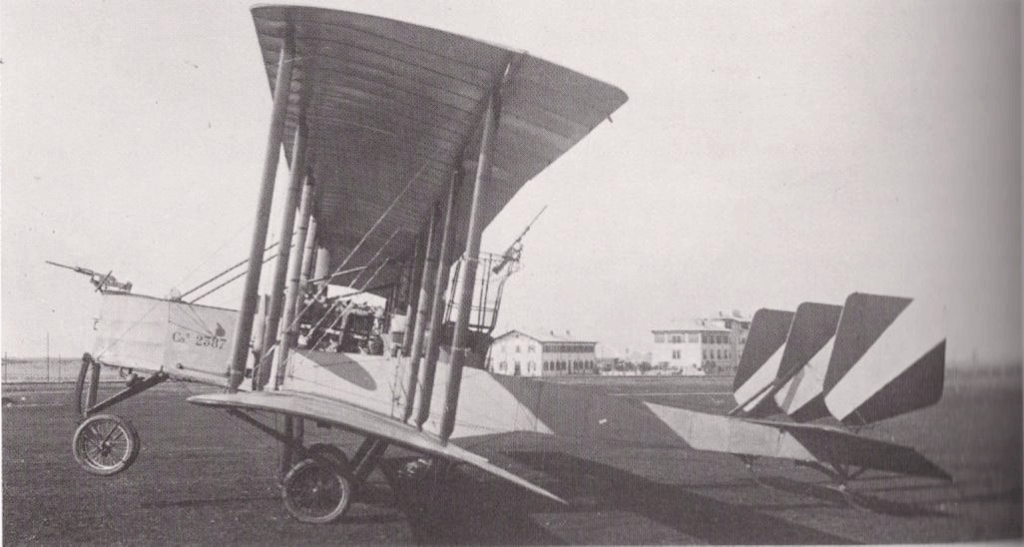110 years ago, on May 24, 1915, Italy declared war on the Austro-Hungarian Empire, entering the First World War. This gives us an opportunity to talk about Italian aviation during the Great War.
During World War I, Italy’s military aviation, known as the Corpo Aeronautico Militare, evolved from a modest force into a significant component of the nation’s military strategy.
Early Development and Challenges
At the onset of Italy’s involvement in the war in May 1915, the air force comprised approximately 80 aircraft and a limited number of pilots. The fleet primarily consisted of French-made Blériot, Farman, and Nieuport airplanes, which were semi-handmade, slow, and still unreliable, rendering them inadequate for the demands of modern warfare.

Aircraft and Technological Advancements
Italy’s aviation industry made significant strides during the war. The Caproni Ca.3, a three-engined heavy bomber, became a cornerstone of Italy’s strategic bombing efforts. It was employed in various missions, including attacks on Austro-Hungarian targets. Additionally, the Ansaldo SVA series, initially designed as fighters, found their niche as fast reconnaissance aircraft and light bombers, with the SVA.5 model being particularly notable for its speed and range.

Flying Aces and Their Legacy
Italian aviation produced several notable aces during the conflict. Francesco Baracca, Italy’s top fighter ace, was credited with 34 aerial victories. His personal emblem, a black prancing horse, later inspired the Ferrari logo. Other distinguished aces included Silvio Scaroni (26 victories), Pier Ruggero Piccio (24), Flavio Baracchini (21), and Fulco Ruffo di Calabria (20).

Operational Highlights
Italian aircraft were active across multiple fronts, providing reconnaissance, tactical support, and bombing. During the Battle of Caporetto in 1917, Italian aviation faced significant challenges but continued to support ground operations. In 1918, Italian air units played a prominent role in the Battle of Vittorio Veneto, where 400 Allied aircraft (Italian, British, and French) took part in coordinated attacks that helped break Austro-Hungarian resistance.

Legacy
By the end of the war, Italy had produced over 12,000 aircraft and laid the groundwork for a future independent air force. The experiences and lessons of the Corpo Aeronautico Militare led to the creation of the Regia Aeronautica in 1923. Italy emerged from the war as one of the pioneering nations in the development of military aviation.
Italy’s contributions to military aviation during World War I, including the pioneering use of aircraft in combat and the development of strategic bombing, underscore the nation’s role in shaping aerial warfare.










Leave a comment